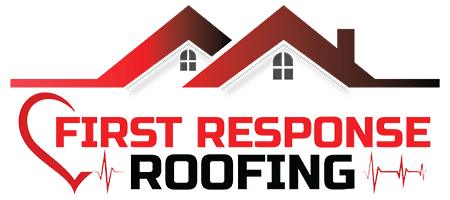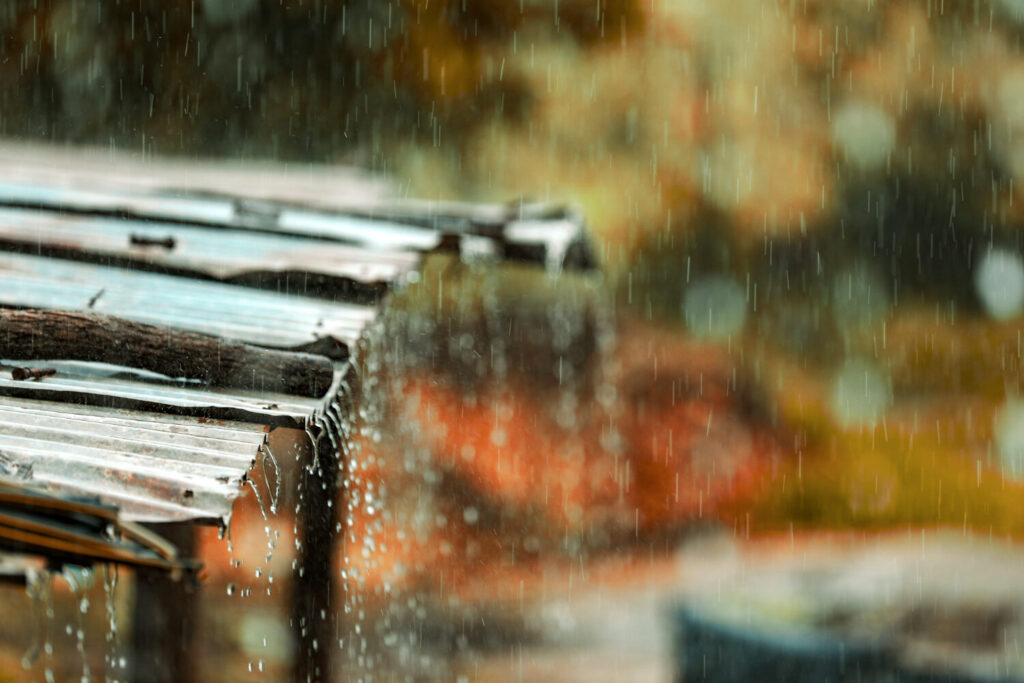Arizona’s monsoon season brings more than just a change in weather. With strong winds and heavy downpours, monsoons can turn your regular summer afternoon into a storm that hammers rooftops across neighborhoods. One minute everything looks fine, and the next, you’ve got shingles on the ground and water dripping through the ceiling.
Here’s the thing—small issues from wind or rain don’t stay small for long. When left alone, they can grow into expensive problems that affect not just your roof but the inside of your house too. If you’re a homeowner, now’s the time to check for signs of damage and get ahead of it before it gets worse.
Identifying Wind Damage
Monsoon winds don’t hold back. Roofs often take most of the hit, especially when the wind picks up speed. What may start as a gentle breeze can turn into gusts that pull and lift parts of a roof that aren’t tightly secured. Shingles, flashing, and even parts of the underlayment can get loosened or ripped off completely.
Some damage is visible right away. Other times, it sneaks up over time. Either way, it helps to know what to look for:
1. Shingles that are missing, cracked, or curled up
2. Roof debris like nails, granules, or shingle pieces in downspouts or around your yard
3. Sections of the roof that look uneven or shifted
4. Disconnected flashing along walls, chimneys, or vent pipes
5. Tree limbs or debris resting on or piercing through the surface
If you’re doing a visual inspection from the ground, stay safe. Use a pair of binoculars if you need a closer view, and don’t attempt to walk on the roof yourself. Shingles may look fine from one angle, but sections can lift or crease where they’ve taken wind damage.
The longer wind damage is left unattended, the more rain is allowed to seep underneath the surface. What starts as one missing shingle could mean water soaking into your attic, insulation, or ceiling drywall. Even light roof damage can get worse fast, especially as storms keep coming through.
Recognizing Rain Damage
Once the wind pushes things out of place, rain has an open invitation to find its way inside. Unlike wind damage, rain damage often hides until you notice signs inside the house. That’s when you realize something’s been leaking for a while.
Common signs of water damage caused by rain include:
- Brown or yellow stains on ceilings or walls
- Light dripping sounds in the attic during storms
- Bubbling or peeling paint near roof lines
- Soft or sagging walls or ceilings
- A musty smell that won’t go away
Over time, repeated rain exposure to a weak spot in the roof can lay the groundwork for deeper problems. Materials like plywood and insulation soak up moisture quickly and don’t dry out as fast as you’d think. Once wet, they’re more likely to rot or grow mold. If that happens, repairs go from a simple patch job to replacing large sections of your roof’s structure.
Rain damage might not be obvious until it’s already done damage inside. That’s why it’s helpful to get someone trained to inspect areas you can’t see, especially if your home’s been through a couple of storms back-to-back. Addressing that hidden rain damage early can save you from bigger repairs later.
Professional Repair Options
Once damage is spotted, fixing it the right way matters. Patch-up jobs or guessing your way through repairs can lead to more damage the next time it storms. That’s why having someone familiar with roofing systems take a look is always the better way to go. Professionals know what to check beyond what’s visible and can spot trouble most homeowners would likely miss.
Here’s what trained roofers typically do when handling wind and rain damage:
- Perform a full roof inspection to look for all problem areas, not just surface damage
- Replace shingles, flashing, or any torn underlayment
- Seal up joints, vents, and around chimneys to stop future leaks
- Upgrade materials in weakened areas to improve resistance to future storms
- Remove soaked insulation or wood and replace with fresh, dry parts
They also know which materials will hold up better in Arizona’s weather. That mix of punishing sun, heavy wind, and sudden rain can wear out cheap materials quickly. Using high-quality options might cost more up front, but they tend to last longer and require fewer repairs down the line.
In a lot of cases, what seems like a small issue, like a couple of lifted shingles, might be hiding bigger damage underneath. It’s not just about patches. It’s about fixing the system that protects your home. A solid repair now helps keep you from having to do even bigger repairs later, especially with more monsoon storms always around the corner.
Prevention Tips For Future Monsoon Seasons
Repairs are half the battle. If you want your roof to make it through the next monsoon season a bit stronger, it’s a good idea to knock out some easy maintenance tasks in between storms. Think of it like getting your roof in better shape before it has to face the next challenge.
Here are a few things you can do:
1. Schedule a roof inspection before and after monsoon season
2. Trim back overhanging branches that can break during storms
3. Check that gutters and downspouts are clean and flowing properly
4. Replace shingles that are already loose, cracked, or curling up
5. Secure outdoor fixtures and panels that could hit the roof if blown around
Taking action ahead of time cuts down the chances of surprise damage. If you’ve been through a few Arizona summers, you probably already know that the storms creep up fast. One minute you’re enjoying clear skies and the next minute you’re getting pounded by high winds and drenching rain. Making basic prep part of your routine can save you frustration down the line.
It also helps to make note of any problem spots each year. If one part of your roof always seems to have issues or leaks first, that’s worth checking out more closely. Those repeat offenders often become the source of bigger problems later on. Maintenance doesn’t need to be complicated. Small steps can go a long way in keeping your roof ready for whatever the storms throw at it.
Keep Your Roof Safe And Sound
Wind and rain damage can cause more than just surface issues. When left alone, problems grow quickly, and repairs become harder. That’s why knowing what to look for and how to respond is a big part of protecting your home during Arizona’s intense monsoon season.
The important thing is to act early and take damage seriously, even if it looks small. With the right steps and a solid repair plan, you can keep the storm outside and your home dry and safe inside. Being ready before the season hits and taking care of your roof afterward helps make the rough weather a lot easier to deal with.
Protecting your roof before and after the monsoon season can save time and money. If your home has been affected by heavy wind or rain, consider scheduling professional help for monsoon roof damage repair. First Response Roofing is ready to help you keep your home safe and sound with reliable services designed to withstand Arizona weather.

